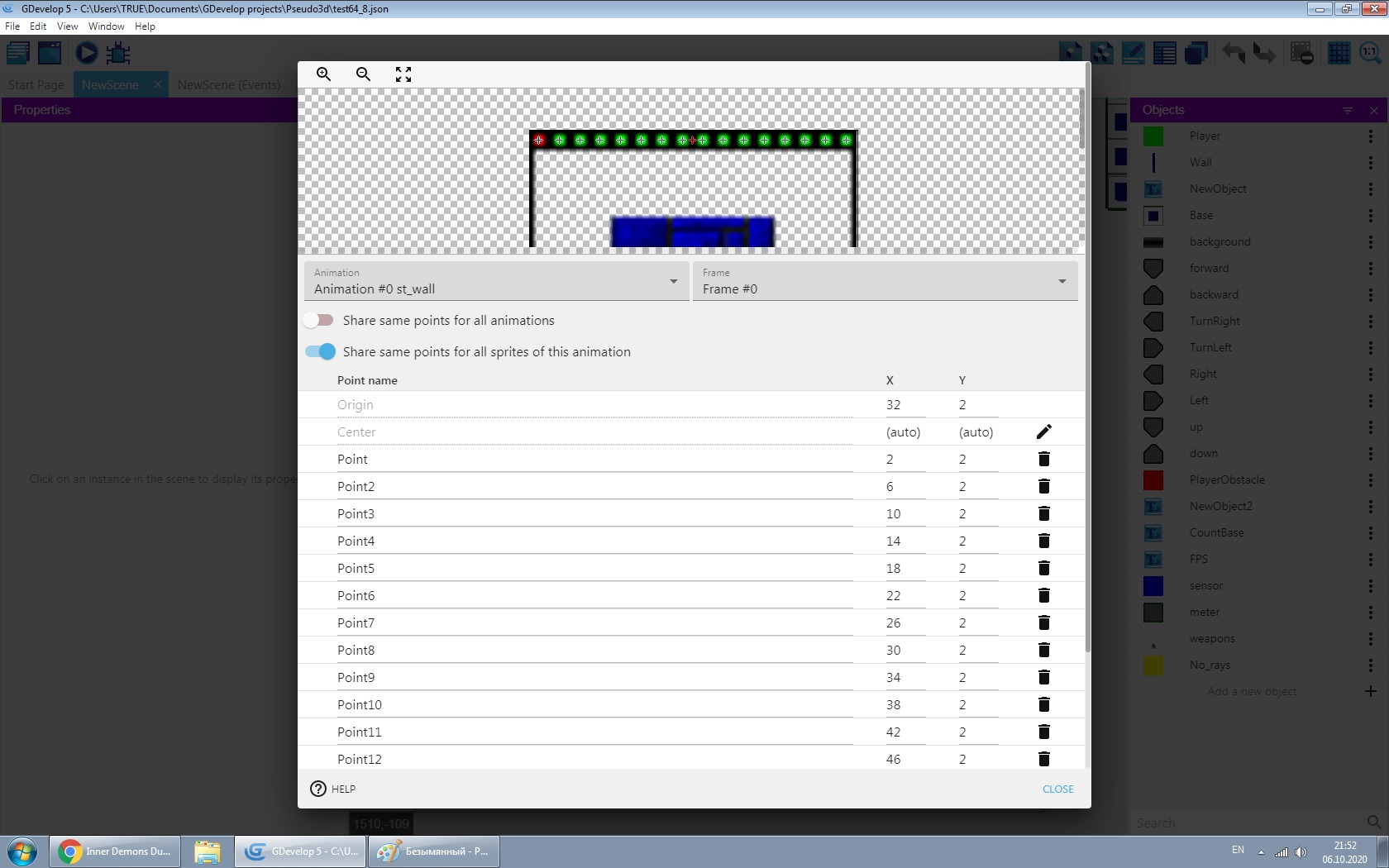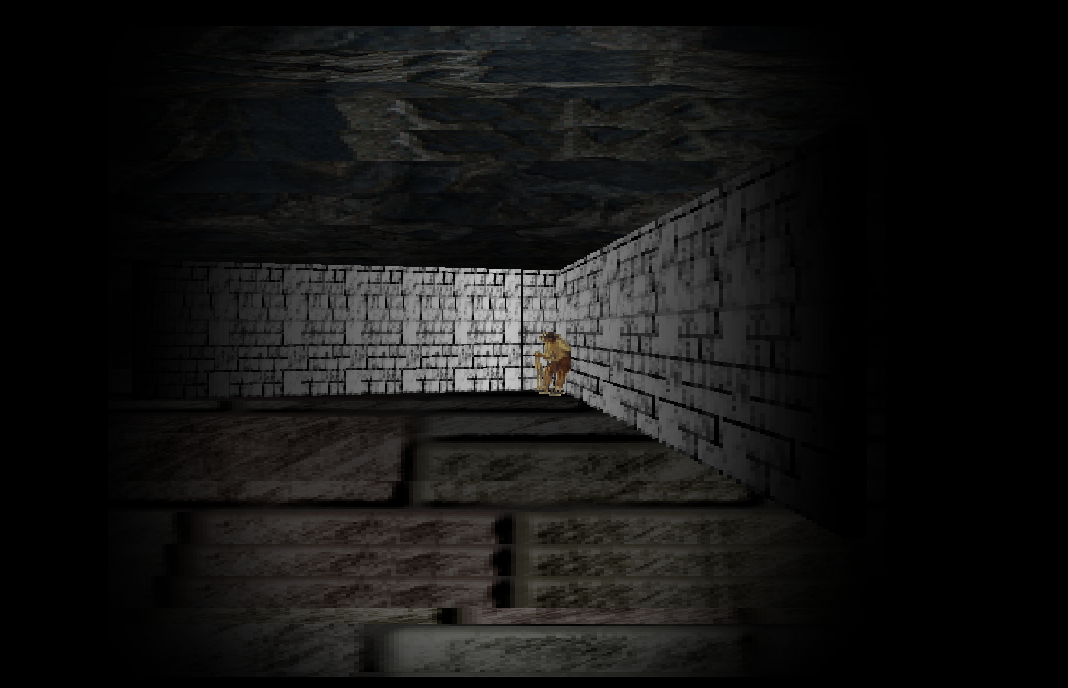Yes I've noticed the lag, particular in the beginning of the scene with the transparent wall; it gets a bit worse as more npcs are added. I was a bit zealous in making the scene too large with too many objects in that small area.
I wanted to make this scene bigger than it currently is, but after noticing the lag I've changed my strategy and will start branching off into different scenes rather than continuing to add to this one.



